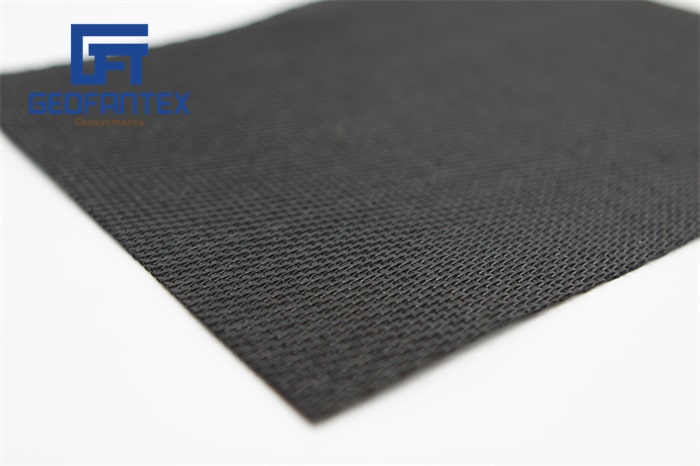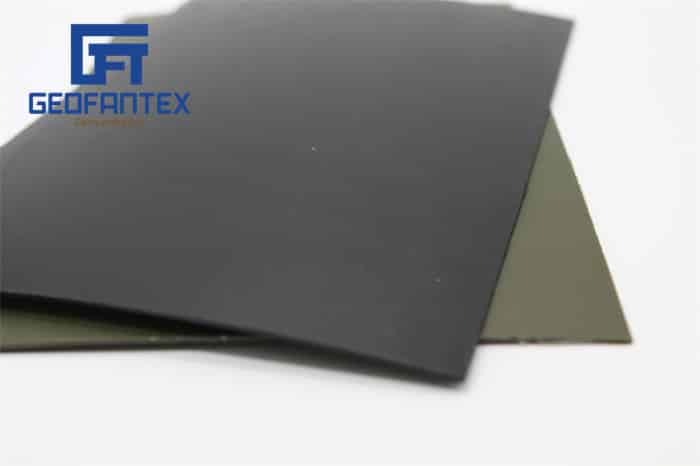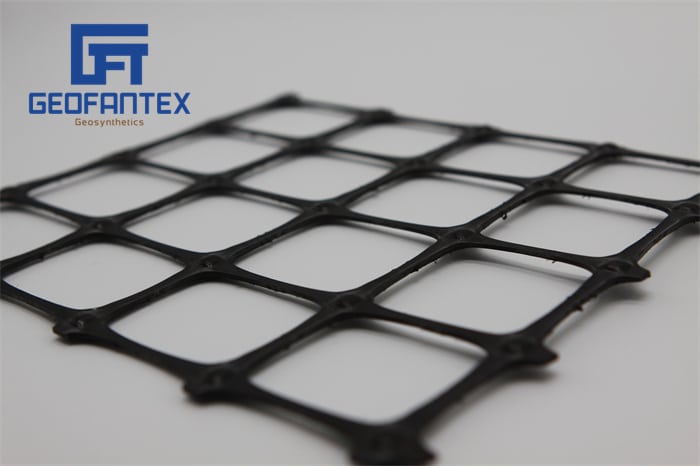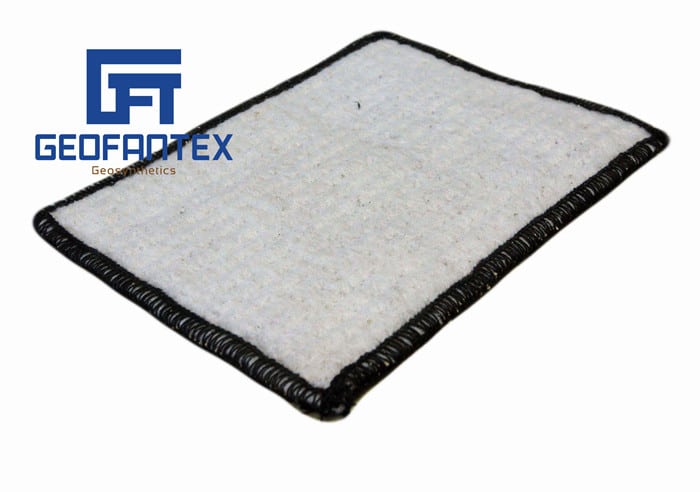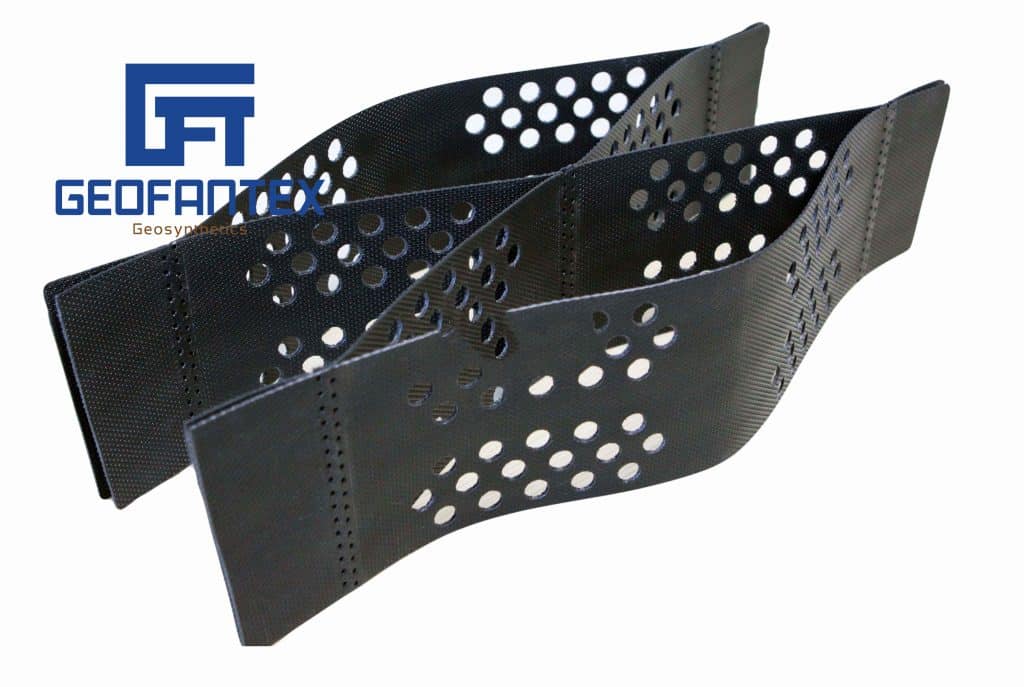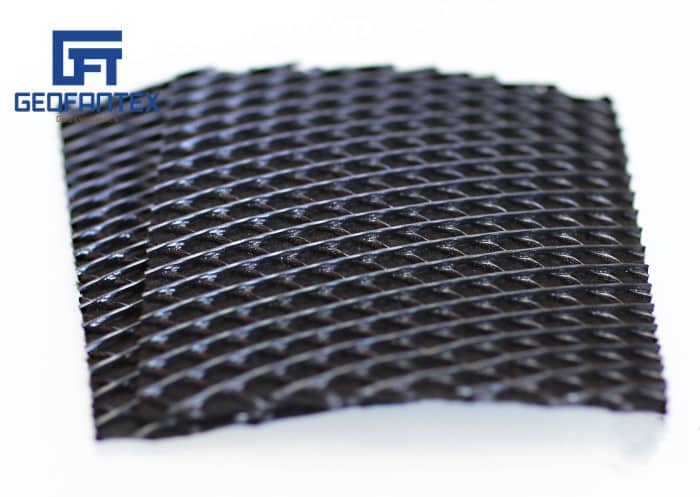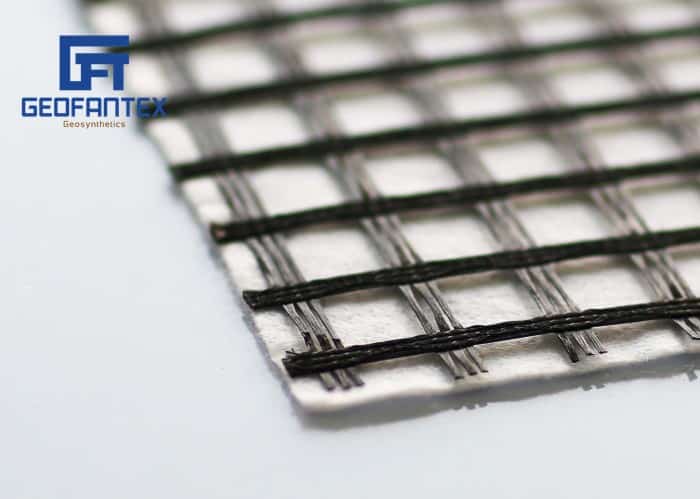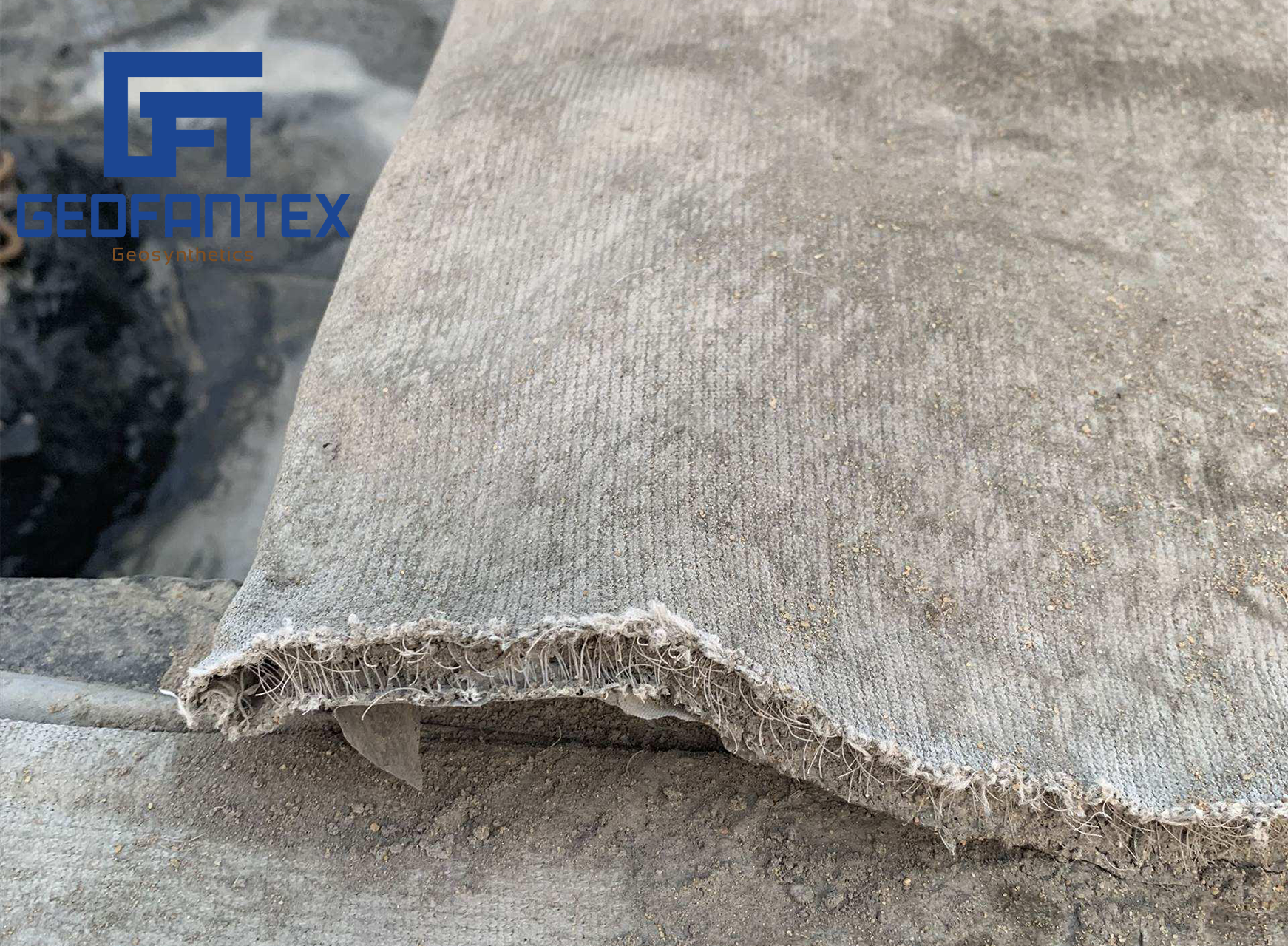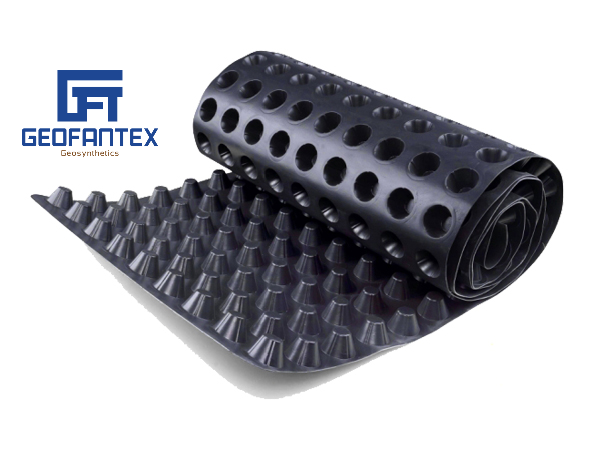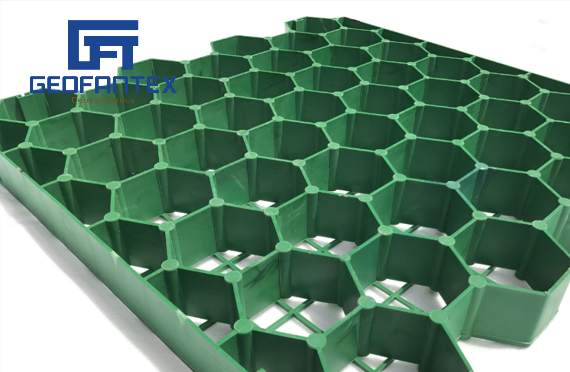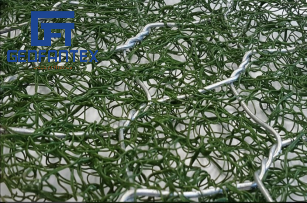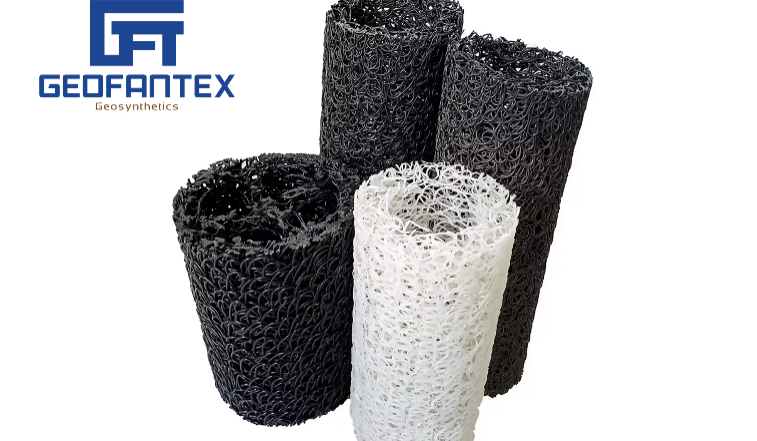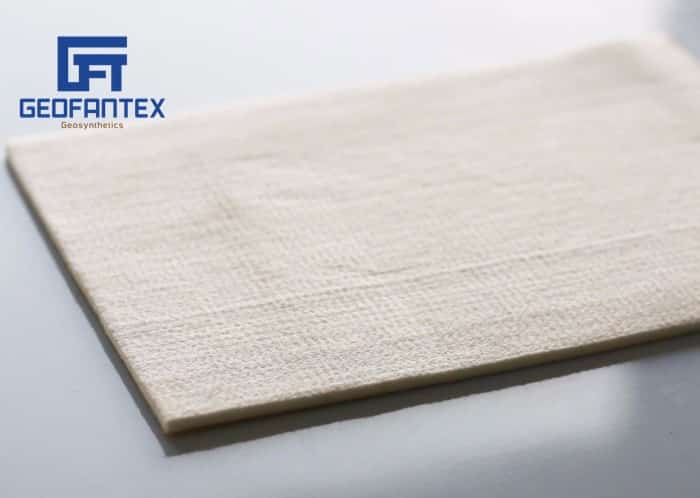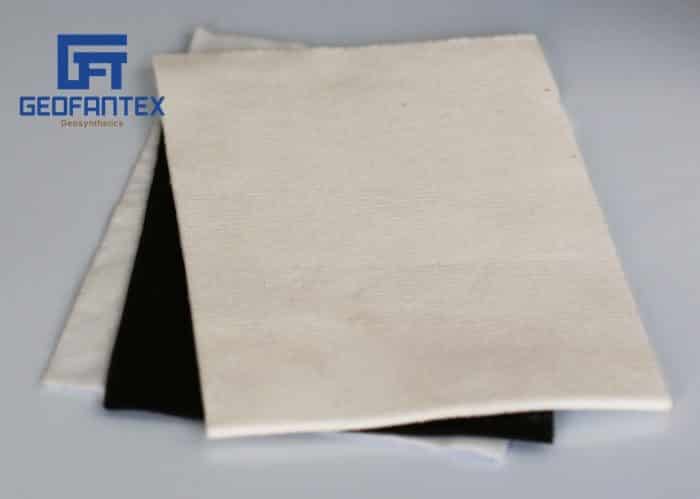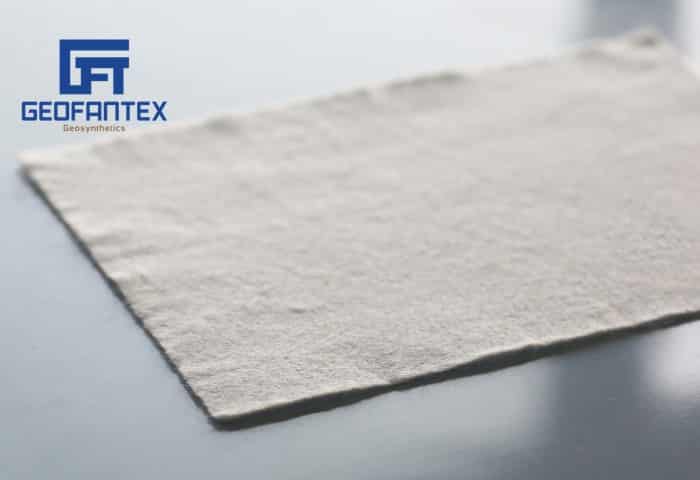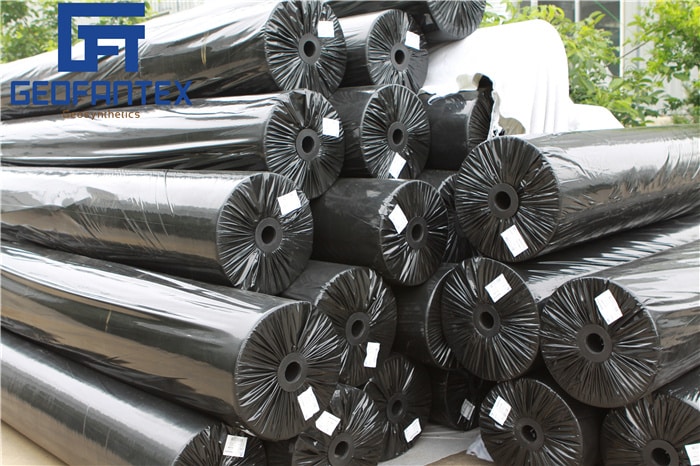+86-159 9860 6917
info@geofantex.com
geofantex@gmail.com
+86-400-8266163-44899
In the world of civil engineering and construction, soil reinforcement with geogrids plays a pivotal role in ensuring structural integrity and stability. This article delves into the concept of geogrid soil reinforcement, how it is utilized in soil stabilization, the benefits of geogrid-reinforced soil slopes, and the purpose of the geogrid mesh.
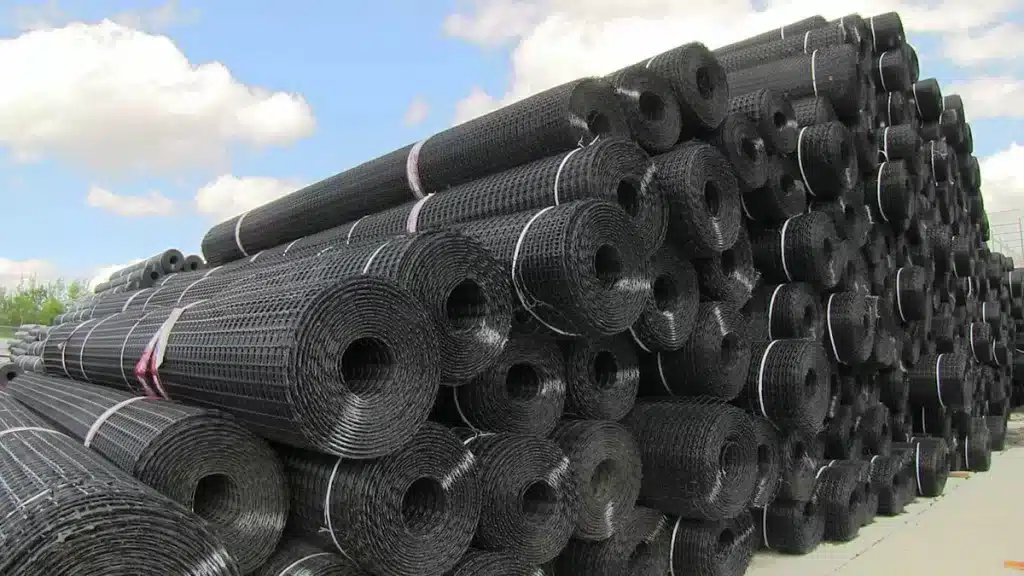
What is Geogrid Soil Reinforcement?
Geogrid soil reinforcement is a geosynthetic material used to enhance the structural integrity of soil in various construction and civil engineering projects. Essentially, it’s a grid-like structure made from polymers like polyester, polypropylene, or polyethylene, designed to interlock with soil and aggregate materials. The main purpose of geogrids is to reinforce the ground, distribute loads more evenly, and increase the stability of earthworks like retaining walls, embankments, roadways, and slopes.
The benefits of using geogrid soil reinforcement include:
- Increased Load Capacity: By distributing loads over a wider area, geogrids help reduce the risk of soil failure under heavy loads, making structures more durable.
- Enhanced Soil Stability:Geogrids prevent soil displacement, thereby increasing the stability of slopes and embankments and reducing the risk of landslides.
- Cost Efficiency: They can lead to cost savings by reducing the need for traditional construction materials and methods, such as concrete and steel.
- Flexibility and Durability:Geogrid materials are highly resistant to environmental degradation, chemicals, and physical wear, ensuring longevity of the reinforced structure.
- Ease of Installation:Geogrids are lightweight and easy to install, which can speed up construction projects and reduce labor costs.
Common applications of geogrid soil reinforcement include:
- Retaining Walls: To provide additional stability and prevent the collapse of vertical or near-vertical earth structures.
- Roadways and Pavements: To distribute vehicular loads, reducing rutting and extending the lifespan of the road.
- Slopes and Embankments: To prevent soil erosion and slippage, particularly in areas susceptible to landslides or heavy rainfall.
- Foundations: To improve the load-bearing capacity of soil beneath foundations, reduce settlement, and enhance the overall stability of buildings and structures.
How is Geogrid Used in Soil Stabilization?
Geogrid is a high-strength material used in soil stabilization to enhance the soil’s load-bearing capacity and prevent movement. It works by interlocking with soil particles, providing tensile strength and improving soil distribution.
Key Uses:
- Reinforces weak soil for improved stability.
- Stabilizes slopes and reduces erosion.
- Supports retaining walls by reinforcing backfill material.
- Improves road and pavement performance by distributing loads.
- Supports embankments over soft ground, preventing settlement.
Geogrids help create more stable foundations for construction, roads, and slopes.
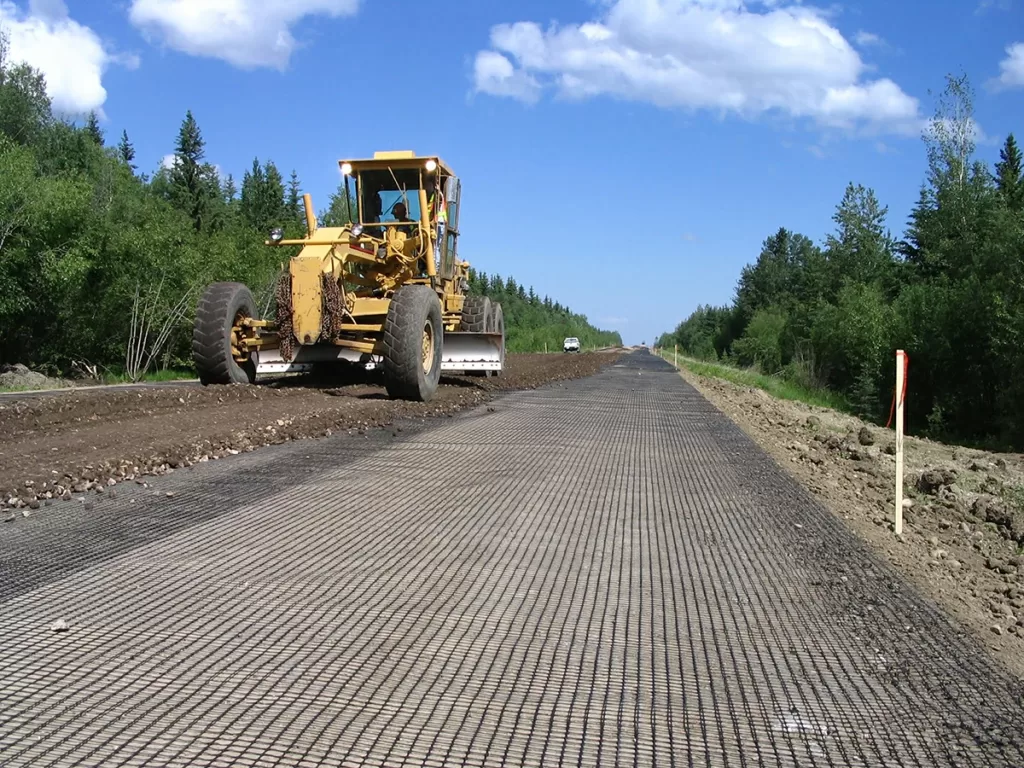
What is Geogrid-Reinforced Soil Slope?
A Geogrid-Reinforced Soil Slope (GRSS) is a type of slope stability system that combines soil and geogrid materials to enhance the strength and durability of steep slopes. Geogrids are a type of polymeric material with a grid-like structure that is used to reinforce soil. When these geogrids are integrated into soil slopes, they help distribute loads and reduce the risk of slope failure by improving the shear strength of the soil and preventing erosion.
In a GRSS, the geogrid is typically placed in layers within the soil mass, creating a composite material that behaves more like a cohesive and stable structure. This system is particularly useful for constructing steeper slopes, such as those found in embankments, retaining walls, or roadways, while maintaining or enhancing the structural integrity of the slope over time.
The benefits of a geogrid-reinforced slope include:
- Increased slope stability: The geogrids provide reinforcement to prevent sliding or slippage of the soil.
- Cost-effective: Compared to traditional soil stabilization methods (like retaining walls), GRSS can be a more economical solution.
- Environmental benefits: Geogrids reduce the need for large amounts of concrete or other materials, promoting a more sustainable construction approach.
- Long-term performance: When designed and constructed properly, geogrid-reinforced slopes can have excellent long-term durability.
GRSS systems are commonly used in civil engineering projects like highways, embankments, and bridges where slope stability is critical.
What is the Purpose of Geogrid Mesh?
Geogrid mesh primarily strengthens soil and reduces soil-related problems by preventing soil and granular material movement. Geogrids disperse loads over a larger area, preventing stress build-up, reducing settling, and improving overall stability. This mesh structure also promotes ecological sustainability by facilitating vegetation growth. Moreover, geogrid mesh can be customized to enhance drainage and filtration, extending the lifespan of soil reinforcement systems.
In conclusion, the geogrid soil reinforcement is a valuable tool in civil engineering, contributing to soil stabilization, slope reinforcement, and the prevention of erosion and landslides. The flexible and cost-effective nature of geogrids, coupled with their environmental advantages, makes them an attractive choice for a wide range of construction and infrastructure projects. By understanding the concept of geogrid soil reinforcement and its various applications, engineers can ensure the long-term stability and durability of their projects while minimizing their environmental impact.
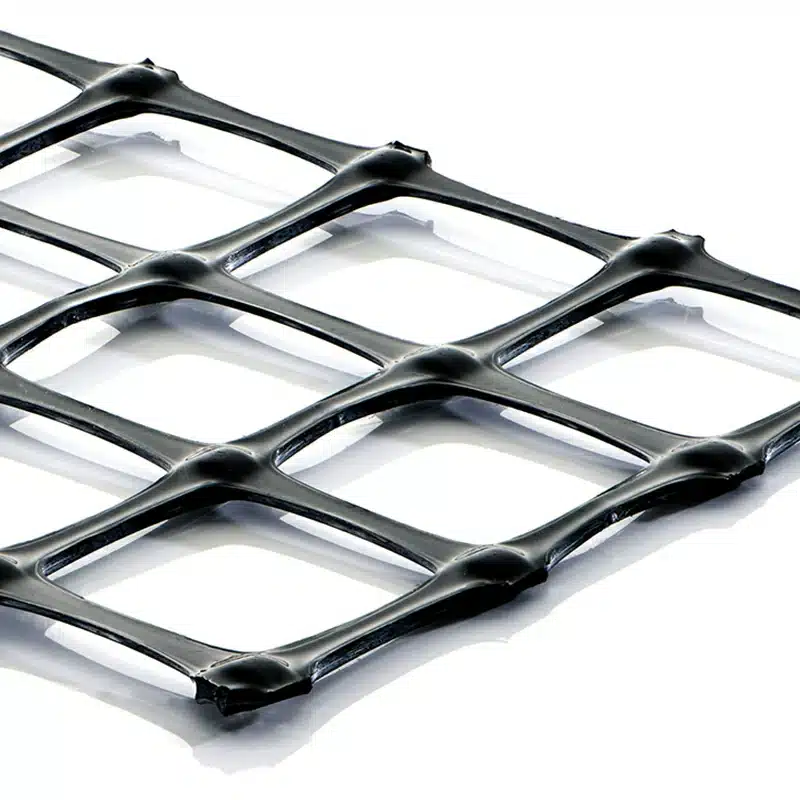
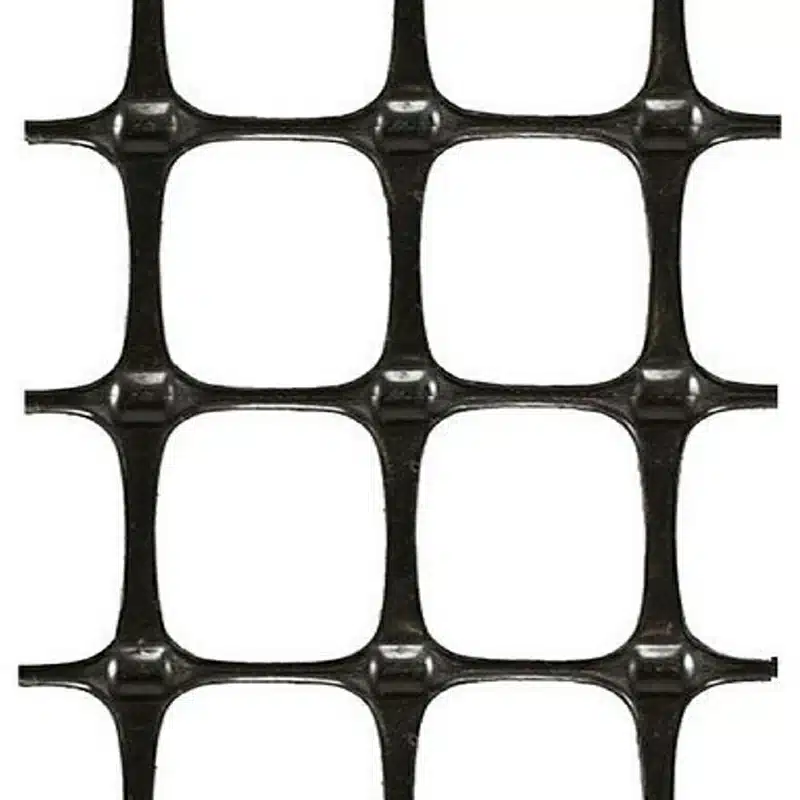
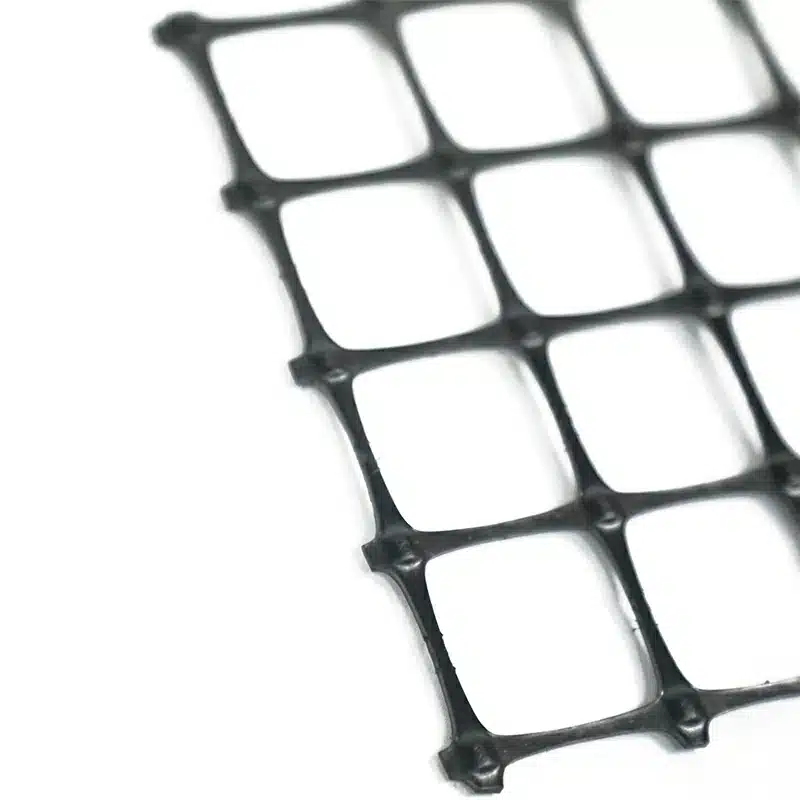
Get Free Sample
We’ll respond as soon as possible(within 12 hours)


